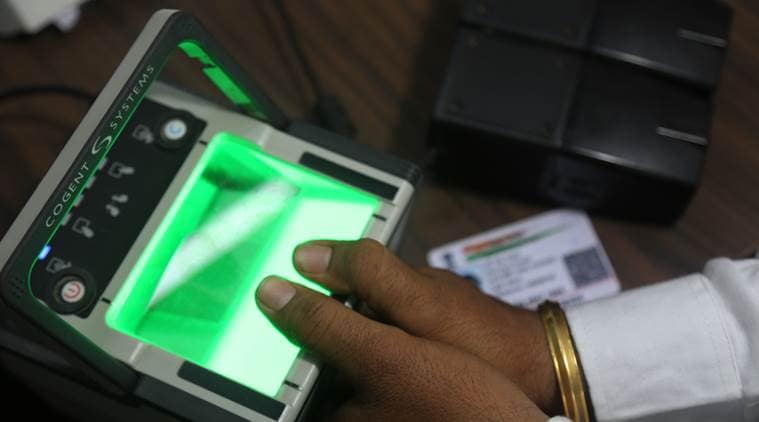The numbers don’t add up
The possibility that Aadhaar numbers can be misused is not theoretical

We have 29 states and seven union territories (UT), which together have 707 districts, about six lakh villages and 5,000 cities, and a total population of about 130 crore as on date. In order to issue Aadhaar numbers, the UIDAI appointed 167 registrars or agencies including states, UTs and public sector agencies. Of the total 118 crore Aadhaar numbers issued by them as on October 30, 2017, 90 per cent of the numbers were issued by eight states and 12 public sector undertakings. The rest 147 registrars issued only 10 per cent of the numbers. This is as per the affidavit submitted to the Supreme Court by the assistant director general of UIDAI on October 30, 2017 in writ petition 494/2012.
There is a genuine doubt raised about the claim of UIDAI that their 167 agencies had issued 118 crore Aadhaar numbers from September 29, 2010 till October 30, 2017. A query was made by a social activist under the RTI seeking information about the names and numbers of the enrollment operators appointed by all the registrars. The UIDAI refused to furnish the information. Further, it is evident that many Aadhaar numbers have been issued without identification of persons, since the primary identities which are voter cards, pan cards, driver licences, ration cards and passports are far less than the Aadhaar numbers issued. The voter cards are 60 crore, pan cards 29 crore, driver licences 17.37 crore, ration cards 15.17 crore and passports 6.9 crore. The information given under RTI that about 99.97 per cent Aadhaar numbers have been issued by using at least two of the primary identities is, therefore, not correct. At least 58 crore Aadhaar numbers appear to have been issued without verifying two or even one primary identity document, making them suspect.
The biometric data used for issuing the Aadhaar cards consists of finger prints, iris scan (eye details) and photograph. The finger prints cannot be unique among a large population of 130 crore, which is admitted by the UIDAI. The iris scan as a biometric data was introduced in August 2016. It need not be pointed out that if a person undergoes eye operation for cataract or implant, or uses contact lenses, his iris scan will automatically change. As regards the photograph, even a video photograph or mask can substitute the real face of the person. Thus, these biometrics can be manipulated and, therefore, are unreliable.






































No hay comentarios:
Publicar un comentario